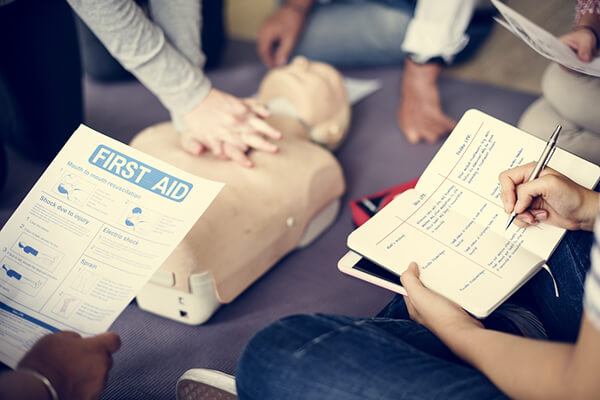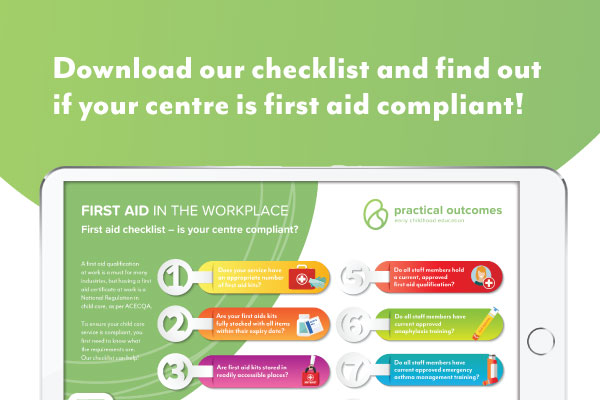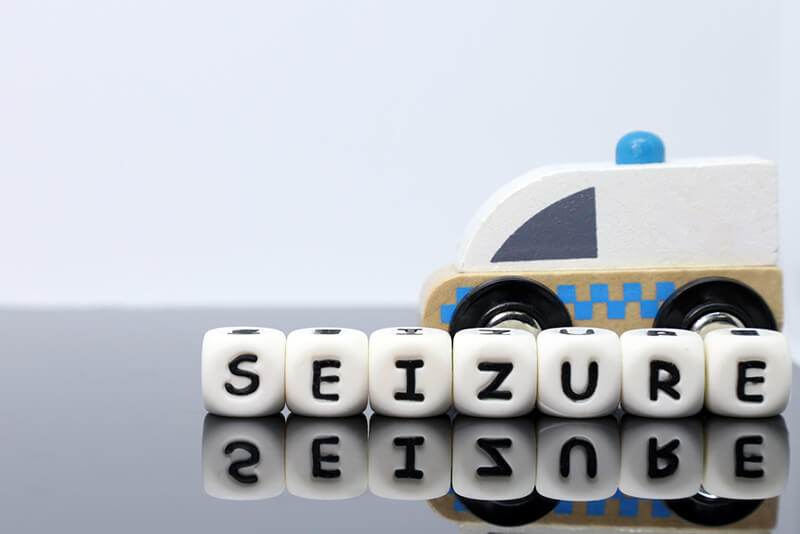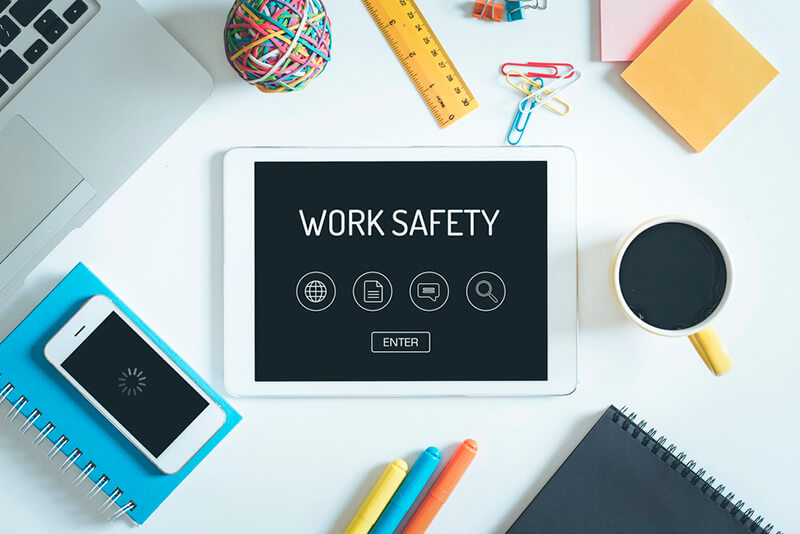When you undertake first aid training, you will learn a range of first aid procedures that can be used to provide assistance to a person in need. In some instances, these procedures can save lives.
Gaining proper training of how to apply first aid is vital — if you’re not performing first aid correctly there can be a lot at stake including someone’s life. First aid qualifications give you the skills and knowledge required to apply first aid in a variety of situations, including those that are life threatening.

There are some first aid procedures that many people perform incorrectly.
1. Sucking out venom from snake or spider bites
It’s no secret that Australia is home to some dangerous snakes and spiders, and this is certainly an instance where first aid is required. No matter what you have read, do not suck the wound and attempt to suck out the venom from the bite victim. Don’t wash the wound either — traces of venom can be vital for medical professionals to find out what type of venom it is and therefore know how to treat it.
2. Restraining a seizure victim
If your first aid knowledge is very out of date, you might think holding a seizure victim down to restrain them is a good idea. Now we know that is definitely not the right approach to seizure first aid. While it’s hard to watch and not do anything, all you can really do is make the surrounds as comfortable and safe as possible to protect their head during the seizure and wait until it is over.
3. Tilt head back during nose bleed
A common yet incorrect way of dealing with nose bleeds is to suggest the person experiencing the nose bleed tilts their head back. This will not stop the nose bleed and will cause the blood to run down the person’s throat. Keeping the head upright and pinching the nostrils is a much better idea.
4. Inducing vomiting after an incident of poisoning
When someone has ingested poison, it may seem logical to encourage them to vomit and even take vomit-inducing medication. This can cause esophageal damage and worsen the situation, so you’re best to call an ambulance and describe symptoms to gain the best advice on what to do.
Fast action when it counts
A powerful way that having first aid qualifications can save a life is by giving you the confidence and understanding of how to handle and assess an emergency situation. In a moment of crisis when every second counts, to be able to apply first aid effectively can transform a patient’s chance of survival.
Ready to learn these life saving first aid procedures and know what to do when faced with a medical emergency? Book into a Practical Outcomes first aid course.
What else you need to know about first aid?



